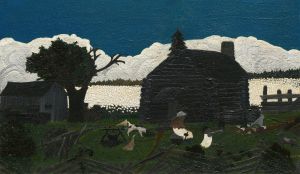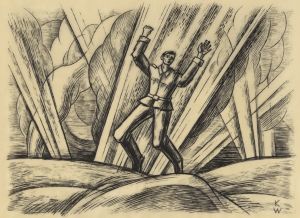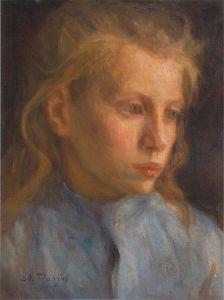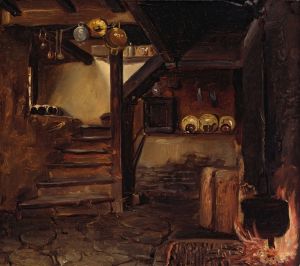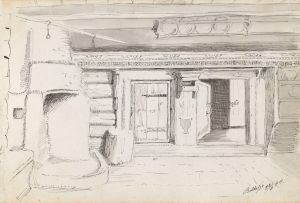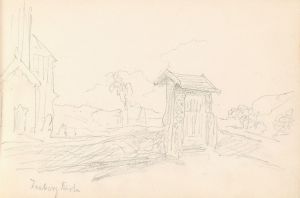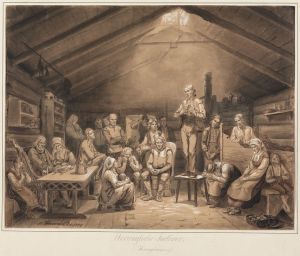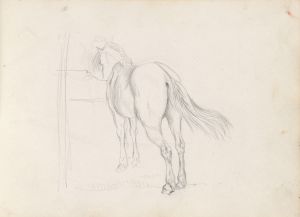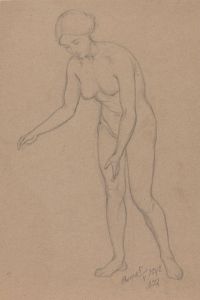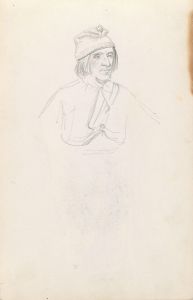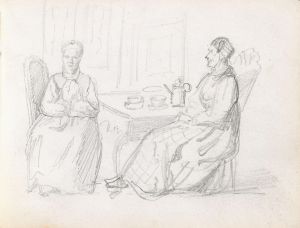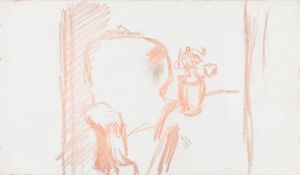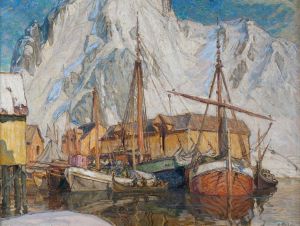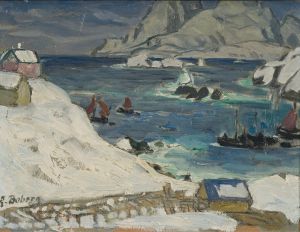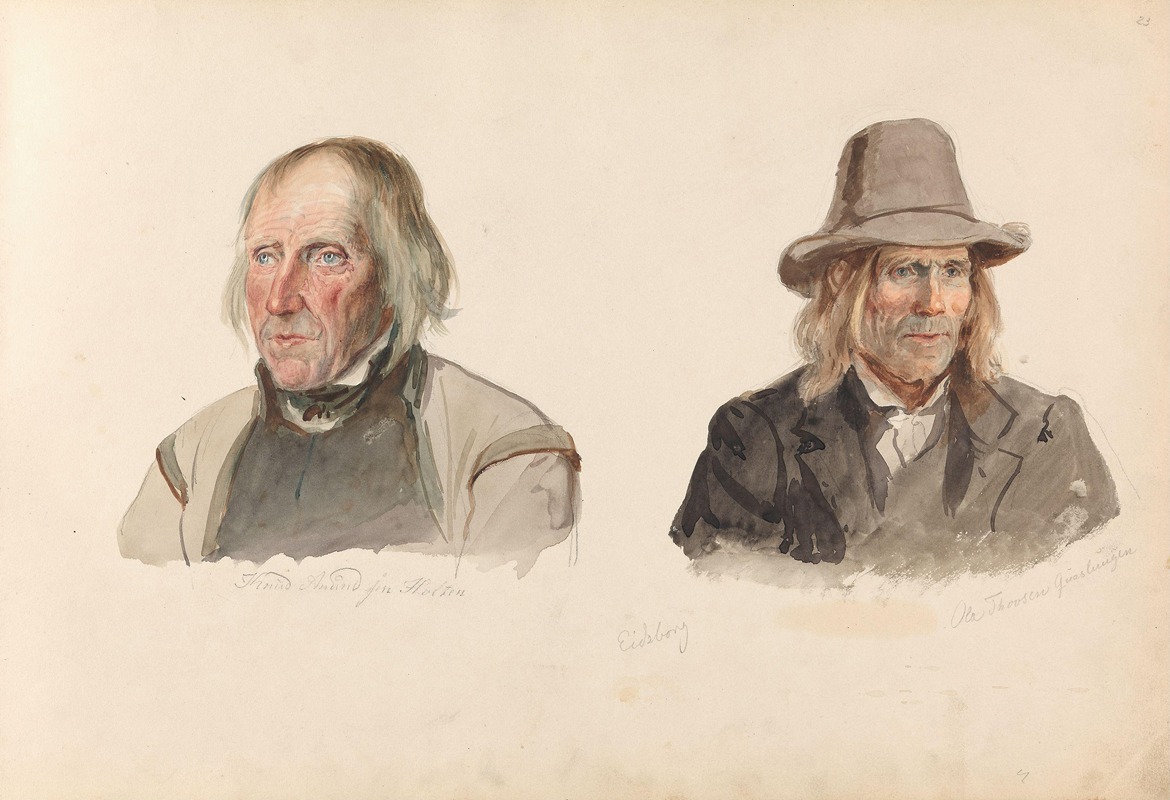
Knut Anundsen Holten, Mo; Ola Tovsen Kvåsloa, Eidsborg
A hand-painted replica of Adolph Tidemand’s masterpiece Knut Anundsen Holten, Mo; Ola Tovsen Kvåsloa, Eidsborg, meticulously crafted by professional artists to capture the true essence of the original. Each piece is created with museum-quality canvas and rare mineral pigments, carefully painted by experienced artists with delicate brushstrokes and rich, layered colors to perfectly recreate the texture of the original artwork. Unlike machine-printed reproductions, this hand-painted version brings the painting to life, infused with the artist’s emotions and skill in every stroke. Whether for personal collection or home decoration, it instantly elevates the artistic atmosphere of any space.
Adolph Tidemand was a prominent Norwegian painter known for his detailed and evocative depictions of Norwegian folk life and traditions. One of his notable works is "Knut Anundsen Holten, Mo; Ola Tovsen Kvåsloa, Eidsborg," which captures the essence of rural Norwegian life in the 19th century.
Adolph Tidemand was born on August 14, 1814, in Mandal, Norway, and he studied art in Copenhagen and later in Düsseldorf, where he became associated with the Düsseldorf School of painting. This school was known for its detailed and realistic style, which Tidemand adopted and adapted to his own focus on Norwegian subjects.
"Knut Anundsen Holten, Mo; Ola Tovsen Kvåsloa, Eidsborg" is a painting that reflects Tidemand's interest in Norwegian peasant culture and his dedication to preserving it through his art. The painting features two men, Knut Anundsen Holten from Mo and Ola Tovsen Kvåsloa from Eidsborg, who are depicted in traditional Norwegian attire. This attention to detail in their clothing and surroundings is characteristic of Tidemand's work, which often included elements of Norwegian folk costumes, architecture, and landscapes.
The painting is part of Tidemand's broader effort to document and celebrate Norwegian rural life at a time when the country was undergoing significant social and economic changes. By the mid-19th century, Norway was experiencing a shift from a predominantly agrarian society to one that was increasingly influenced by industrialization and urbanization. Tidemand's paintings served as a visual record of a way of life that was rapidly changing, and they helped to foster a sense of national identity and pride among Norwegians.
Tidemand's work was highly regarded in his time, and he received numerous commissions and accolades. His paintings were exhibited widely, and he became one of the leading figures in Norwegian art. "Knut Anundsen Holten, Mo; Ola Tovsen Kvåsloa, Eidsborg" is an example of his skill in capturing the character and spirit of his subjects, as well as his commitment to portraying the cultural heritage of Norway.
The painting is also notable for its composition and use of light. Tidemand's careful attention to the play of light and shadow adds depth and realism to the scene, enhancing the viewer's sense of connection to the subjects. The expressions and postures of the two men convey a sense of dignity and resilience, qualities that Tidemand admired in the Norwegian peasantry.
Today, Adolph Tidemand's paintings, including "Knut Anundsen Holten, Mo; Ola Tovsen Kvåsloa, Eidsborg," are considered important cultural artifacts. They provide valuable insights into 19th-century Norwegian life and continue to be appreciated for their artistic and historical significance. Tidemand's work remains a testament to his talent and his dedication to capturing the essence of Norwegian culture.





